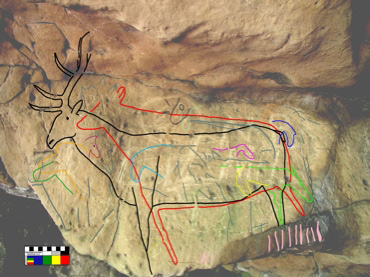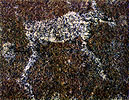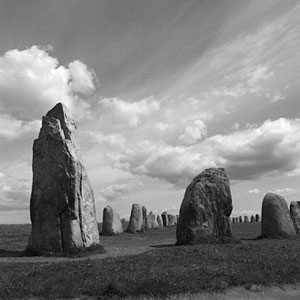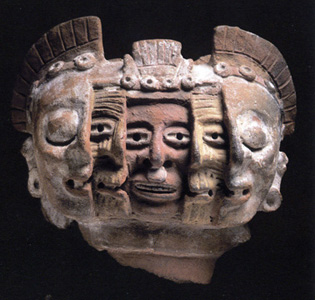Creswell Crags cave art

An overdrawn photo of the stag engraving in Church Hole (Photo: Sergio Ripoll).
Found at Zinken, where it may be viewed much enlarged.
For over a year I’ve been reading with great interest about the rock art finds in the caves of Creswell Crags, a limestone gorge in Nottinghamshire, northern England. Further surveys revealed that one cave called Church Hole contains about 80 carvings of animals, dancing women, and geometric patterns, perhaps the most elaborate Ice Age cave-art ceiling ever discovered. The finding proved for the first time that early dwellers of this region were capable of producing artwork similar to that of their Paleolithic (early Stone Age) counterparts on continental Europe, and that cave art is spread across a much wider geographical area than originally thought. Now reports confirm their date as more than 12,800 years old – isn’t that quite amazing?
And to me it proves again what sophisticated artists existed already so very long ago. One day I must go on that dreamt-about archaeological and art tour of the UK (and France and Spain and…) !
Here are several articles about this find but photos do not seem to be widely available yet. If any readers have found more, please let me know in the comments.
BBC, more links provided
Art Daily includes a photo
Creswell Crags homepage
Creswell Crags Virtual tour – I found it disappointing that the rock art itself is not shown.
Discovery News – more photos
National Geographic News August 18, 2004
Guardian April 15, 2004 article ‘Dancing girls and the merry Magdalenian’


